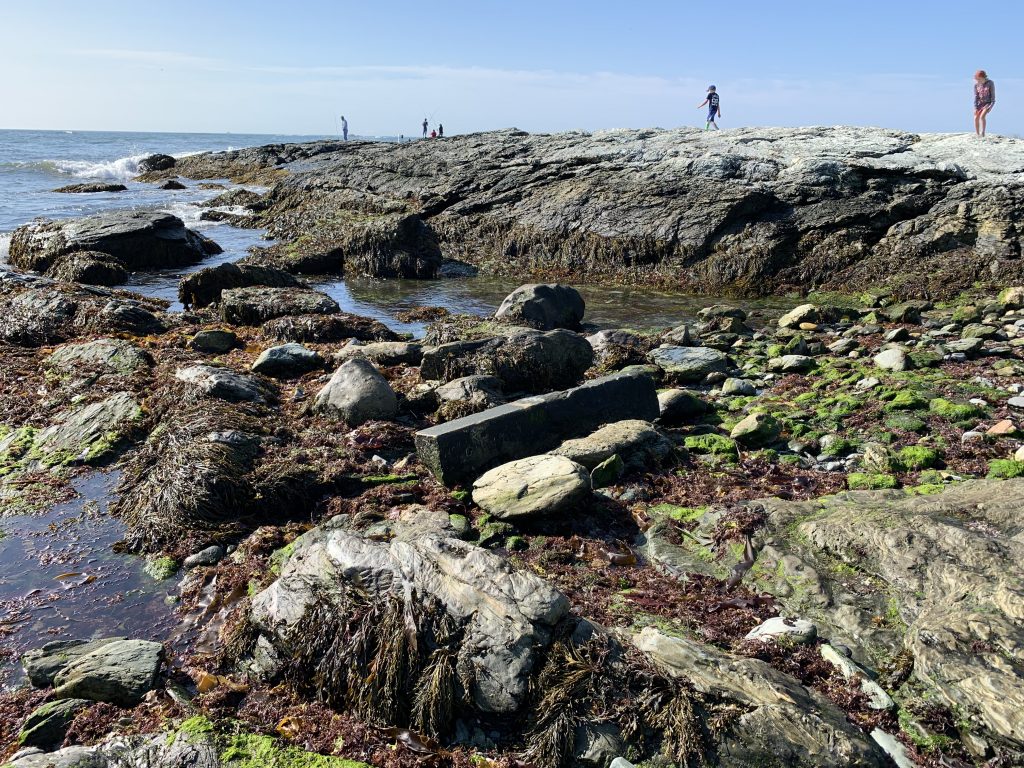
Types of ecosystem engineers
There are two types of ecosystem engineers, autogenic and allogenic.
Autogenic engineers use their own structures to alter the environment (Jones et al. 1992). A couple examples would be kelp forests creating habitat for marine organisms, and marine phytoplankton that absorbs light in the water and warms it (Townsend et al. 1992).
Allogenic engineers change the physical state of something in their environment, therefore creating new habitat or altering previous habitat (Jones et al. 1994). An example of an allogenic engineer would be a polychaete, a marine worm which creates holes in sand and rock substrates in turn increasing oxygenation within sediments.
Helpful terms
Bioturbators: Found on the bottom of the ocean floor, marine bioturbators burrow into the substrate and alter it changing how suitable to other organisms the benthic zone habitat is.
Keystone species: An organism that has a large effect on its environment. Removal of keystone species creates a cascade effect through their environment.
Organisms that act as marine ecological engineers
Plants
Seagrass like eelgrass are actually more closely related to flowering land plants than seaweeds. They have roots and an internal transport system like any other plant (Reynolds 2018).
Example: Zostera marina
Seaweeds
Seaweeds are a type of marine algae. They can be grouped into red, green, or brown algae. Seaweeds have holdfasts instead of roots, holdfasts anchor seaweeds to a hard substrate on the ocean floor (The Seaweed Site 2019).
Example: Ascophyllum nodosum, Laminaria
Bivalves
Bivalve mollusks such as oysters, clams, mussels, and scallops have a hard hinged shell that contains a soft bodied invertebrate. They are filter feeders and filter both water and food through their gills. They have a world wide distribution and are a very popular food in many countries (NOAA 2018).
Example: Crassostrea virginica, Mytilus edulis
Polychaetes
Polychaetes, also known as bristle worms, are a type of annelid aka a segmented worm. They have hair-like bristles that run along their sides (Buchsbaum 1987). There are approximately 8000 species including clam worms, rag worms, lugworms, bloodworms, and sea mice (Encyclopedia Britannica 2018).
Example: Sabellaria vulgaris Verrill

References
Buchsbaum, R. (1987). Introduction to the Polychaeta. Retrieved July 8, 2019, from https://ucmp.berkeley.edu/annelida/polyintro.html
Encyclopedia Brittanica. (2019). Polychaete. Retrieved from https://www.britannica.com/animal/polychaete
NOAA. (2018). What is a bivalve mollusk ? Retrieved from https://oceanservice.noaa.gov/facts/bivalve.html
Reynolds, P. L. (2019). Seagrass and seagrass beds. Retrieved from https://ocean.si.edu/ocean-life/plants-algae/seagrass-and-seagrass-beds
Wernberg, T. (2016). Celebrating 25 years of temperate reef science. Retrieved from http://www.publish.csiro.au/mf/MFv67n1_ED
Seaweed, C., & Rockpool, G. (2019). The Seaweed Site : information on marine algae Colourful Seaweed in Galway Rockpool Do you know any seaweeds ? Retrieved from http://www.seaweed.ie/
